Currently, when it comes to truly high-quality traditional denim that reflects the traditions of the past to the greatest extent, Japanese jeans specifically come to mind in the first place. If you take such an item in your hands for the first time in your life, you will surely be struck by the special “handmade” quality of such items, the elaborateness of the details, and the uneven texture of the denim. At the same time, such jeans are far from always being perfectly even, symmetrical, etc. Often, manufacturers deliberately try to emphasize the characteristic “wabi-sabi” of Japanese products, where the greatest beauty lies not in the absolute perfection of forms but in a certain degree of intentionally permissible “defects,” which are quite insignificant and in no way affect the quality of the product itself. However, it is precisely this “finishing touch” that gives the overall impression of completeness to the whole “picture,” where classic jeans serve as the canvas, and some elements perceived by people as defects actually give us the feeling that these jeans are made by living people, not soulless machines. Today, we will try to examine some of these elements, and perhaps the manufacturer’s approach to making such jeans will become clearer to you.
-
Leg Twist
It often happens that a person buys an excellent pair of jeans, sometimes spending a considerable amount of money, shrinks them, and puts them on. And what does he see? One of the legs (most often the left one, when the twill direction is to the right) suddenly turns out to be heavily twisted, so much so that the selvedge edge is almost next to the inseam. In fact, there is no need to despair. This is not a defect or flaw. This is an acceptable, and sometimes intentionally made, element characteristic of classic raw denim. The point is that cotton fibers will inevitably shrink when soaked and dried, and thus, the threads will inevitably twist the denim itself, from which the jeans are sewn, in the direction of the twill. In some cases, manufacturers seek to emphasize this feature even more by initially cutting the legs in such a way that the leg twist is more pronounced. Leg twist does not affect the quality of the jeans themselves or their ease of use, and you will stop noticing it literally within a few hours.
By the way, if you are a staunch opponent of leg twist, then simply try to choose jeans with minimal shrinkage, and therefore, minimal twisting of the leg. First of all, pay attention to jeans made of sanforized denim. If you do not wash such jeans at a very hot temperature, then most likely the leg twist will be minimally expressed or absent altogether.
-
Slight difference in pant leg length
Yes, such a nuance is also possible. Again, this is not about any negligence in production. More often than not, it is directly related to the shrinking of the jeans themselves. Regardless of whether you shrink the jeans yourself or if you bought a version of jeans with factory shrinkage (one wash), such a nuance can be noticeable. This can be particularly evident if you wear jeans with rolled-up cuffs. If you put on shrunk jeans, button them up, and look at your rolled-up cuffs, you may notice that the cuff on one leg may be slightly shorter than the other (literally by 5mm). This is a completely normal situation, which is exacerbated by the fact that, as a rule, the human body is not entirely symmetrical. One leg (often the right one) may be slightly longer than the other. Therefore, in the case of jeans with rolled-up cuffs, this can also be noticeable. The solution to the problem is very simple – just wear your jeans with pleasure, and you will quickly forget about this “issue.”
-
Stretched (baggy) knees on jeans
Many people, upon starting to wear authentic classic jeans, begin to notice that the fabric gradually starts to stretch. This can be particularly noticeable in the knee area. The reason for this is not that jeans (in the traditional sense) are always made of 100% cotton. As is known, cotton shrinks when soaked and dried and stretches as it is worn. Threads made from cotton with shorter fibers stretch less, while threads made from cotton with longer fibers stretch more. However, any classic jeans will stretch in areas where there is tension. In essence, they should be like this. They are, in a sense, a “living” item. Just as their color changes due to friction, their shape also changes due to the movement of the wearer. Jeans stretch somewhere, they develop wrinkles somewhere else – this is absolutely natural and normal for jeans. If slightly stretched knees seem too unsightly to you, simply turn the jeans inside out. Lightly spray water and carefully iron these areas. This will take no more than 2-3 minutes. You can repeat this process as needed at any time.
-
The folds, creased fabric on jeans and denim jackets
It is worth mentioning that these characteristics are typically inherent in jeans or denim jackets that have undergone the shrinking process directly at the factories (one wash). Often, jeans are washed and dried at high temperatures to avoid any further shrinkage. Many people prefer this type of product when they are confident that the jeans or jackets they receive do not need to be washed again, fearing that they will shrink.
Sometimes, various folds or creases may appear on one wash denim as a result of washing and drying in industrial conditions. Yes, when you first unpack the item and have not yet been acquainted with one wash denim, these “wrinkles” may puzzle you a bit. In fact, it’s much simpler than it seems. Either, as mentioned earlier, gently iron the item from the inside out (avoiding applying pressure on the seams), or simply start wearing the item “as is.” All the irregularities will smooth out fairly quickly, and the denim will stretch in some areas. The item will look great, and you won’t even remember the initial appearance of such jeans or jackets.
-
Slubs in denim
Denim woven on shuttle looms will to some extent be uneven, even if it’s not what’s commonly referred to as “slubby denim.” Thread spun on ring spinning machines may also have varying thicknesses throughout its length. Manufacturers often intentionally use cotton with uncombed ultra-short fibers, which also make the denim intentionally coarse. Occasionally, if you examine the face side of the denim very carefully, you may find skipped stitches, slubs, and other such occurrences, which also are not defects. These are precisely the characteristics of such an archaic type of denim production.
Thus, we see that classic Japanese jeans are an absolute handmade product. Some features of such jeans, which an unknowledgeable person might consider defects, are not actually defects at all. Often, they simply indicate the peculiarities of a particular production process, and sometimes manufacturers intentionally emphasize such details, aiming to give their jeans a “handmade,” “vintage” look. In essence, the charm of an authentic product largely consists of many small details, some of which may not always be obvious to the jeans wearer, and some may even appear as carelessness. After all, many of us love uneven, rugged, slubby denim that resembles material made by hand. All the other details, whether it’s leg twist, intentionally uneven stitching, etc., are essentially the same – an indication that this item was made by people and for people.

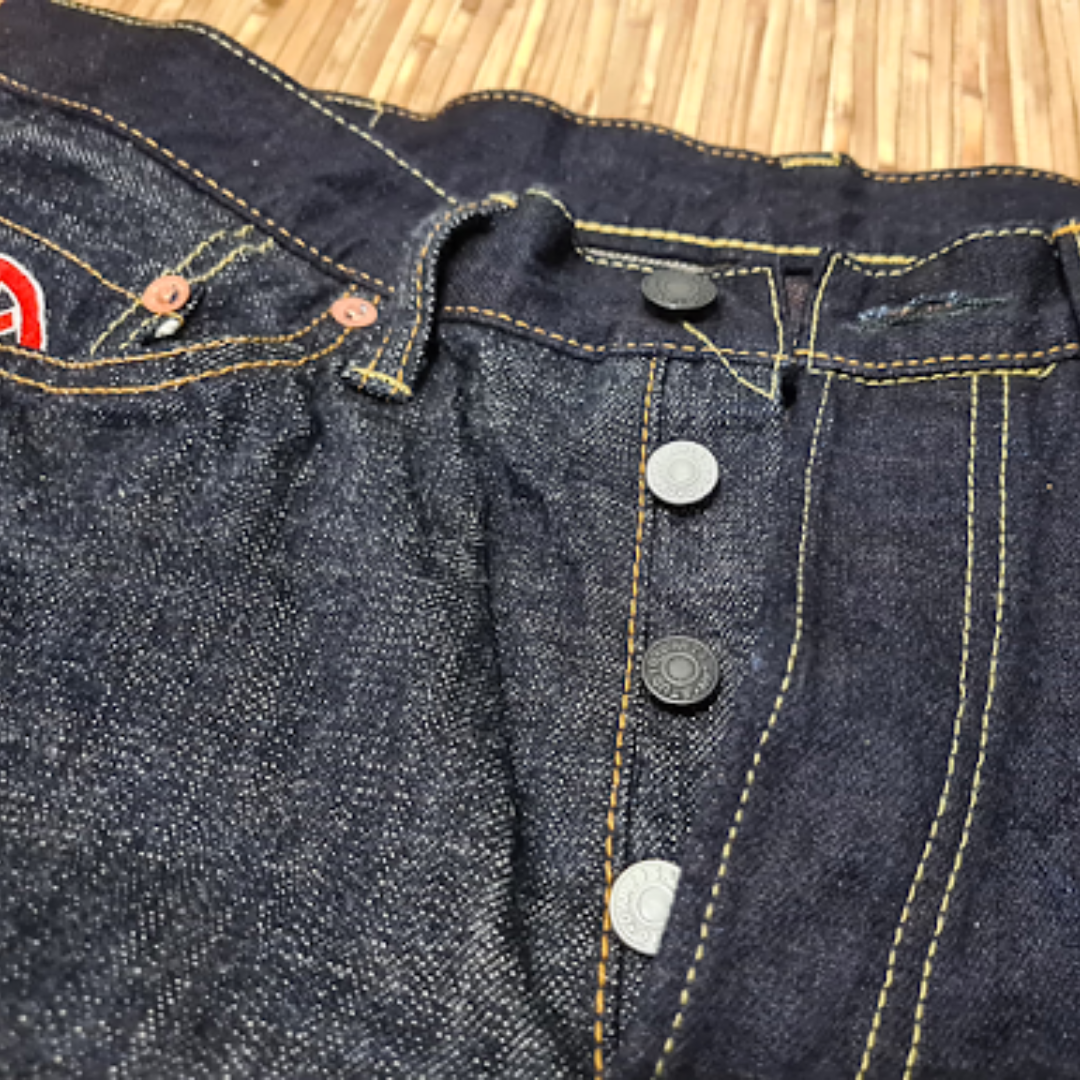
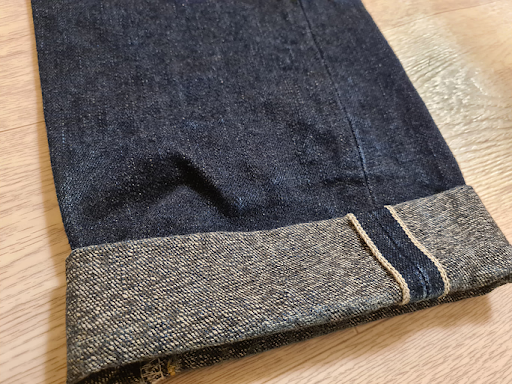
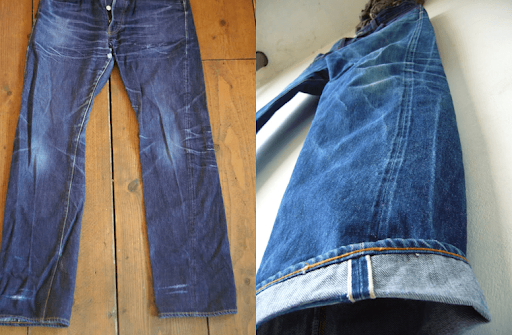
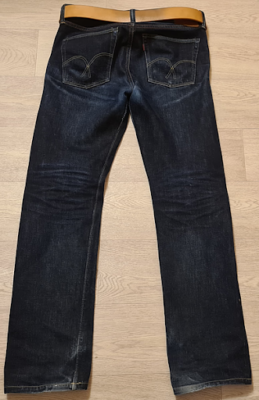
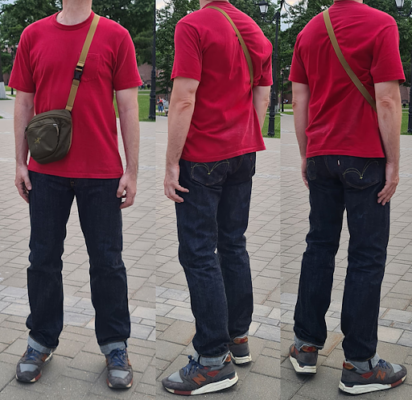
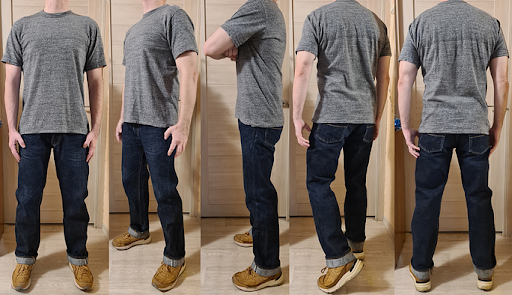
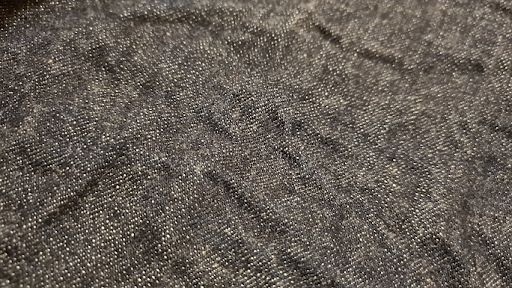
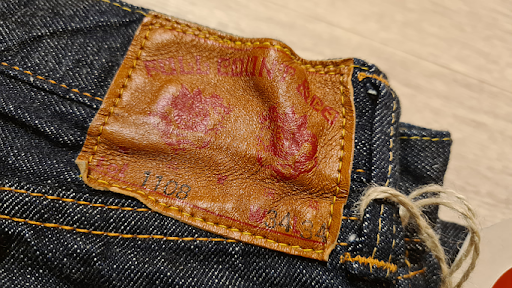
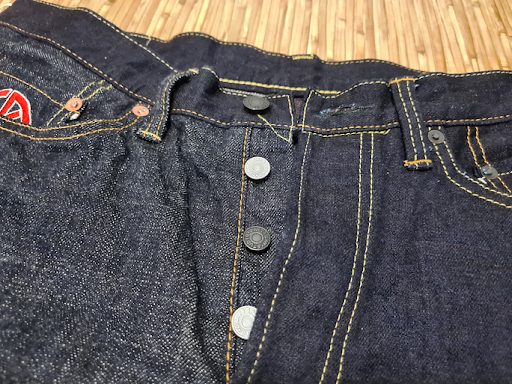
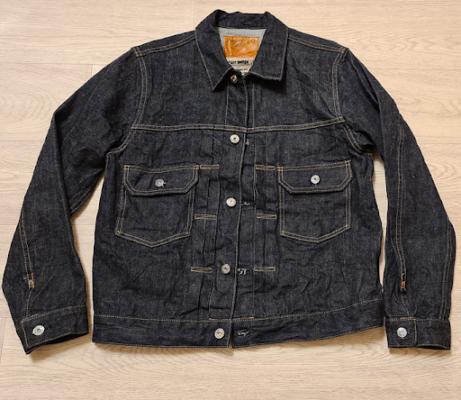
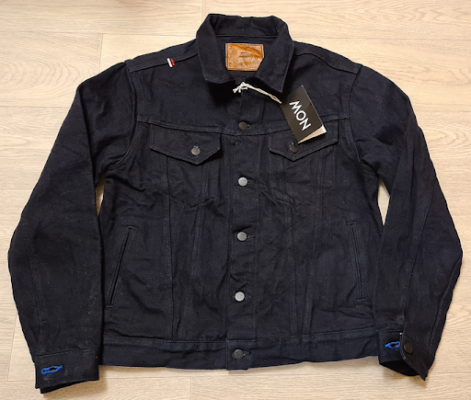
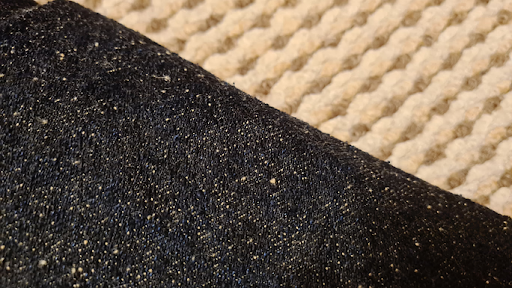
Leave a Reply